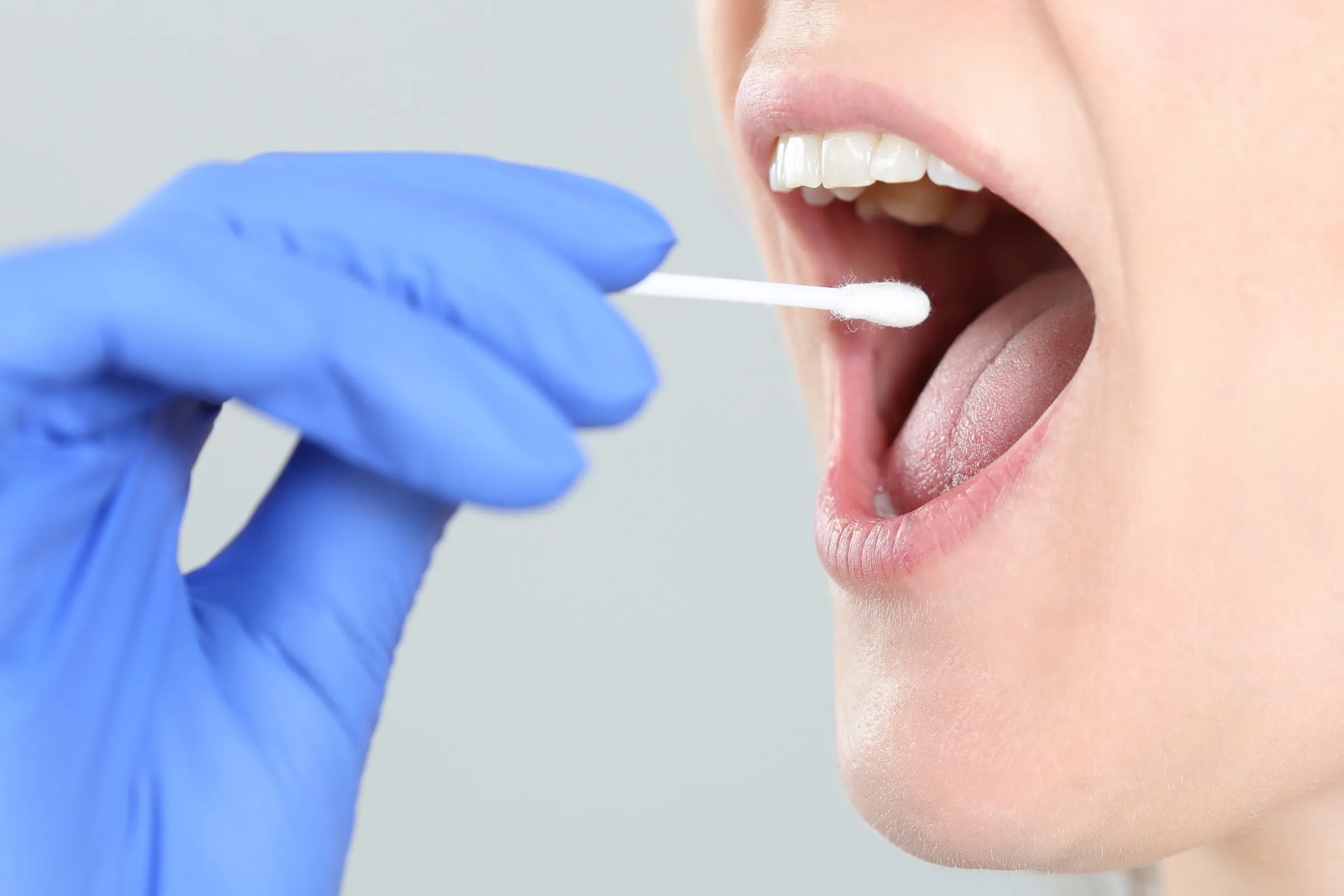Medical Research on Cheek Swab Test for Predicting Life Expectancy

Exploring the Revolutionary Cheek Swab Test
What if medical breakthroughs could predict how long you’ll live? A new test based on biological aging offers just that. Researchers have developed CheekAge, a non-invasive tool that analyzes biological markers from a cheek swab to estimate an individual’s biological age.
Understanding Biological Age Through Cheek Swabs
The findings, published in Frontiers in Aging, showcase the innovative use of cheek cells to determine biological age. Researchers conducted tests using blood samples from over 1,500 participants aged 67 to 90. They discovered that CheekAge could effectively predict mortality risk, even with less than half of the DNA markers typically analyzed.
- CheekAge successfully differentiated between actual age and biological age.
- Older participants exhibited approximately 50% mortality risk, 7.8 years earlier than younger biological peers.
- CheekAge outperformed existing epigenetic clocks in mortality predictions.
This innovative method addresses the challenge of measuring biological aging, offering a simple, affordable solution that is more likely to encourage participation.
The Future of Cheek Swab Testing
As scientists continue to refine this tool, it may provide an additional resource for healthcare professionals in assessing biological age and related risks. Given its non-invasive nature, CheekAge presents a promising advancement in medical research that could transform how we approach aging and health assessments.
Disclaimer: The information provided on this site is for informational purposes only and is not intended as medical advice. We are not responsible for any actions taken based on the content of this site. Always consult a qualified healthcare provider for medical advice, diagnosis, and treatment. We source our news from reputable sources and provide links to the original articles. We do not endorse or assume responsibility for the accuracy of the information contained in external sources.
This article was prepared using information from open sources in accordance with the principles of Ethical Policy. The editorial team is not responsible for absolute accuracy, as it relies on data from the sources referenced.